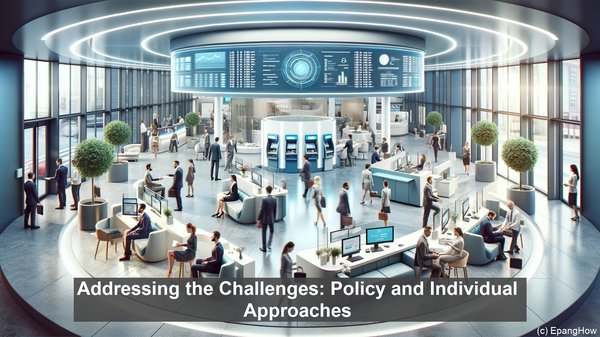Introduction: The Complexities of Unemployment
Hello, everyone! Unemployment is a multifaceted issue that affects economies and individuals worldwide. Within this realm, we often encounter two terms: structural unemployment and frictional unemployment. While they may sound similar, they have distinct characteristics and underlying causes. Today, we’ll explore these differences, equipping you with a comprehensive understanding of these concepts.
Defining Structural Unemployment
Let’s start by defining structural unemployment. This type of unemployment arises from fundamental shifts in an economy’s structure. It occurs when there is a mismatch between the skills possessed by job seekers and the skills demanded by available jobs. In other words, individuals may be unemployed not because there are no job openings, but because their skills do not align with the requirements of those openings. This mismatch can be attributed to various factors, such as technological advancements, changes in consumer preferences, or shifts in global markets.

Examining Frictional Unemployment
Now, let’s turn our attention to frictional unemployment. Unlike structural unemployment, which stems from skill mismatches, frictional unemployment is a temporary form of joblessness that occurs during the transition between jobs. It is often associated with the natural dynamics of the labor market, where individuals may be searching for better opportunities, exploring different career paths, or simply taking a break between jobs. Frictional unemployment is considered a normal and even necessary aspect of a dynamic labor market, as it allows for better job matching and ensures individuals find positions that align with their skills and preferences.
Causes and Implications: A Comparative Analysis
While both structural and frictional unemployment have distinct causes, their implications also differ. Structural unemployment, with its emphasis on skill mismatches, can have long-term consequences. For individuals, it may require retraining or acquiring new skills to remain employable in a changing job market. For economies, addressing structural unemployment often involves policy interventions, such as investing in education and training programs or promoting industries with high growth potential. On the other hand, frictional unemployment, being temporary in nature, may not warrant the same level of intervention. It is often self-correcting, as individuals eventually find new jobs, and the labor market adapts to their movements.
Addressing the Challenges: Policy and Individual Approaches
Given the distinctive nature of structural and frictional unemployment, the approaches to tackle them also differ. Structural unemployment necessitates long-term strategies, such as providing targeted training programs, fostering innovation, or creating incentives for industries with high employment potential. Frictional unemployment, on the other hand, can be mitigated through measures that facilitate job search and enhance labor market information. This can include initiatives like job fairs, online job portals, or career counseling services. Additionally, individuals can also take proactive steps, such as networking, upskilling, or leveraging online platforms, to reduce their frictional unemployment duration.

